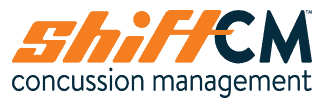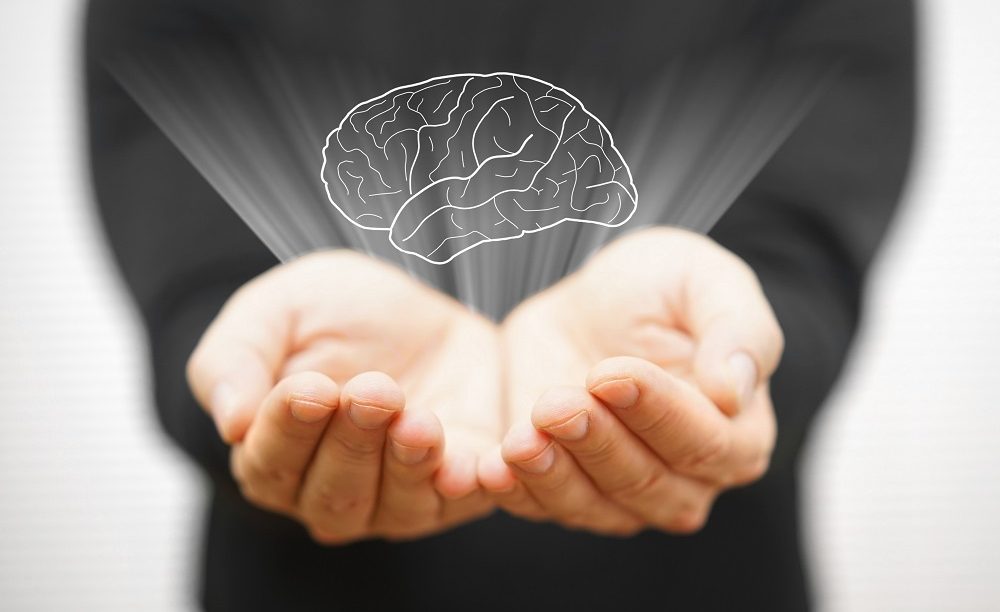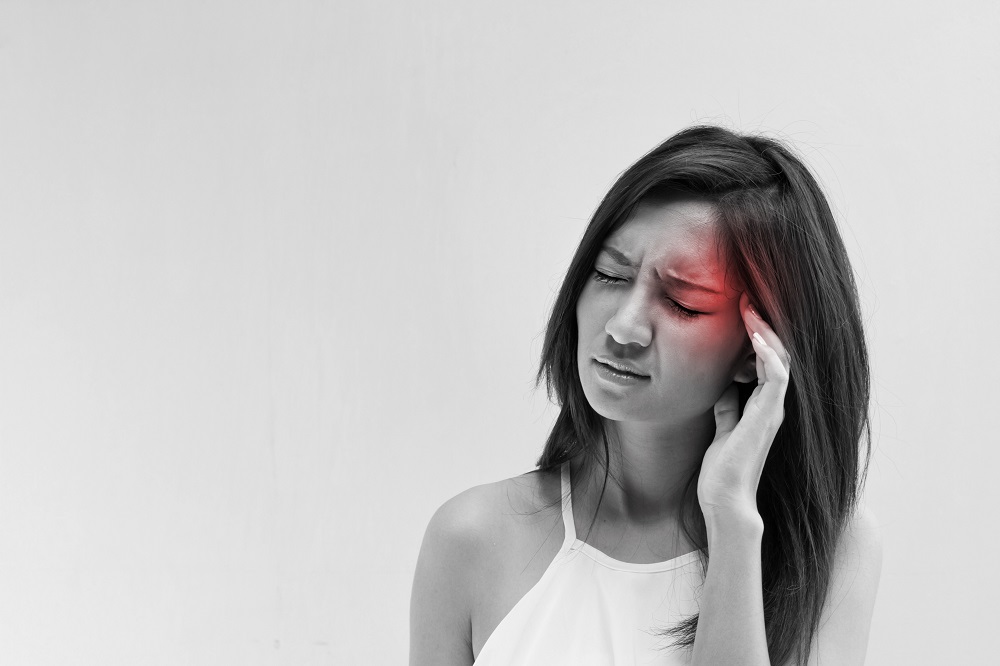Thanks to the infamous Sidney Crosby concussion and neck injury saga, which began in 2011, public awareness of the injury has grown immensely. Recent research efforts have shed more light on this ‘invisible injury’ and debunked several long-standing concussion myths in the process.
Myth #1: A direct blow to the head is required to sustain a concussion.
Concussion is a result of the movement of the brain within the skull. Because the brain is surrounded by fluid, any significant force applied to the body (including head, neck, torso, etc.) may be enough to transmit an impulse to the head and cause the brain to shift within the skull — think whiplash!
We often see patients who come to us after motor vehicle accidents, falls, or sport injuries. Sometimes these individuals show clear symptoms of a concussion, but because there was no direct contact causing the head injury, the condition goes unrecognized by the patient, family members, and even other healthcare providers.
“How could I have a concussion? I didn’t even hit my head!”
We assure you, it is possible.
Myth #2: Loss of consciousness is the primary diagnostic indicator for concussion.
A long time ago, medical professionals assumed that loss of consciousness was the only clear indicator of potential brain injury. This meant that A LOT of head injuries went undiagnosed and unmanaged.
We now know that loss of consciousness occurs in less than 10% of concussion cases. What’s more, if you experience a brief loss of consciousness after sustaining a concussion, we also know that your injury is actually no more or less severe than if had you not lost consciousness — and there is no reason to assume that your recovery will take any longer either.
Myth #3: If nothing shows up on routine diagnostic imaging (CT, MRI), then there is no concussion
It is always important to follow up with a medical doctor immediately after sustaining a concussion. In some cases, a doctor may recommend an early CT scan — this is not to diagnose concussion. It is used to rule out more significant trauma such as bleeding in the brain or a skull fracture.
If your CT or MRI comes back normal, while a relief, this does NOT mean that there is no concussion. More sophisticated imaging techniques hold better promise in identifying concussions. For instance, functional MRI (fMRI), positron emission tomography (PET), and diffusion tensor imaging (DTI). Unfortunately these assessment tools are not yet widely available and are used primarily in research.
Myth #4: Helmets, mouth guards and other protective gear can help prevent concussion.
There is actually no good clinical evidence to support the claim that helmets and mouth guards prevent concussion. Remember, concussion results from the brain shifting within the skull, after a force is transmitted to the head or body.
A helmet cannot prevent that movement from occurring — even though “concussion helmet” manufacturers would have you believe the opposite. Does this mean throw away the protective gear? Not at all! Helmets and mouth guards are important in preventing dental and facial injury, as well as skull fractures.
Myth #5: The only treatment for concussion is rest.
Concussion produces a sort of “energy crisis” in the brain, causing the brain to become easily overloaded with any added physical or cognitive effort — especially in the first 1-2 weeks following injury. This is why early rest plays an important role in managing concussion and reducing symptom load.
This does not mean sitting in a dark room is the only answer. In fact, the “dark room” approach — otherwise known as “black box therapy” — has fallen out of favour with the medical community. Seeking treatment for associated neck and/or back pain may provide additional symptom relief during the rest phase.
The best way to put you and your family at ease is to receive education around the injury and advice on activities to avoid (as well as activities which may be OK) from an experienced health professional.
For individuals who experience persistent symptoms (post-concussion syndrome), it is important to know that there are treatment options. These might include vestibular therapy for persistent dizziness and motion sensitivity, visual rehabilitation for complaints stemming from the eyes, treatment for associated neck or back discomfort, supervised exercise programs, and more.
Do you have a concussion — or think you might be showing concussion symptoms? Call us at Shift Rehabilitation 519-822-2226 or email us.



Leave a Reply